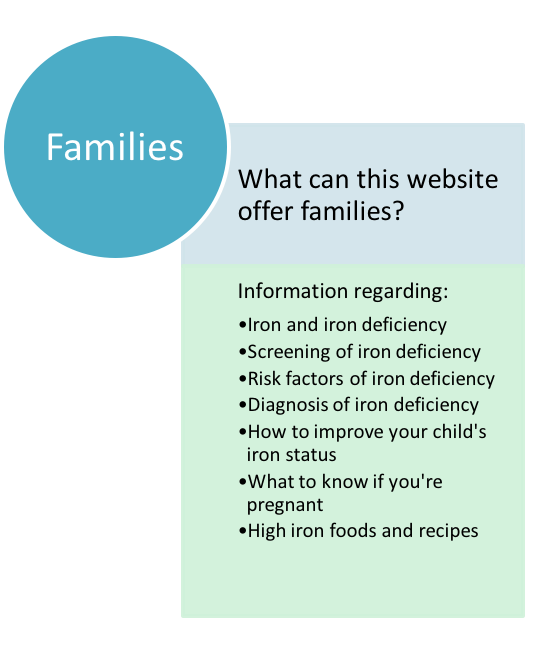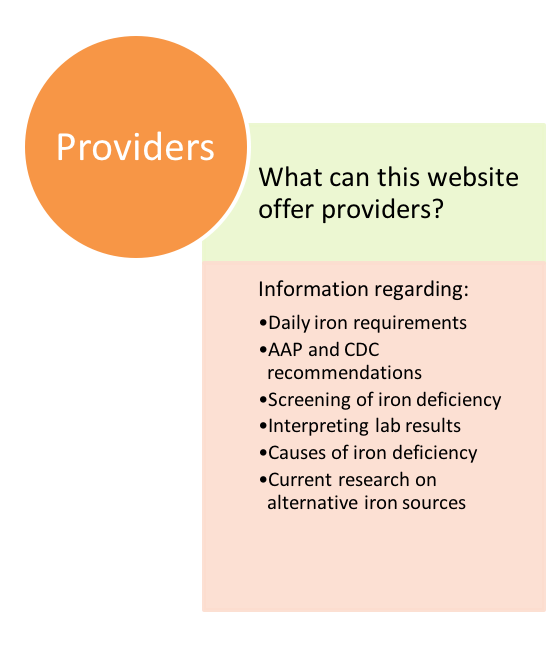Iron Deficiency in Infants and Toddlers
Iron is an essential nutrient that is critical for bodily functions. Iron deficiency (ID) is a state in which there is not enough iron to maintain the function of tissues in the body, including the brain and muscles. ID is distinguished from iron deficiency anemia (IDA) based on the duration of the low iron levels. If severe or longer term, ID can progress toward IDA.
In the United States, ID can affect more than 10% of children in certain at-risk populations. ID and IDA in infancy and childhood can have wide-ranging consequences for the developing child, including brain, behavioral and motor effects. In 2010, the American Academy of Pediatrics (AAP) recommended universal IDA screening at all 12-month well-child checks in the attempt to avoid these consequences of iron deficiency.2


Frank R. Greer, MD

“Results of recent basic research support the concerns that iron-deficiency anemia and iron deficiency without anemia during infancy and childhood can have long-lasting detrimental effects on neurodevelopment. Therefore, pediatricians and other health care providers should strive to eliminate iron deficiency and iron-deficiency anemia.”2



